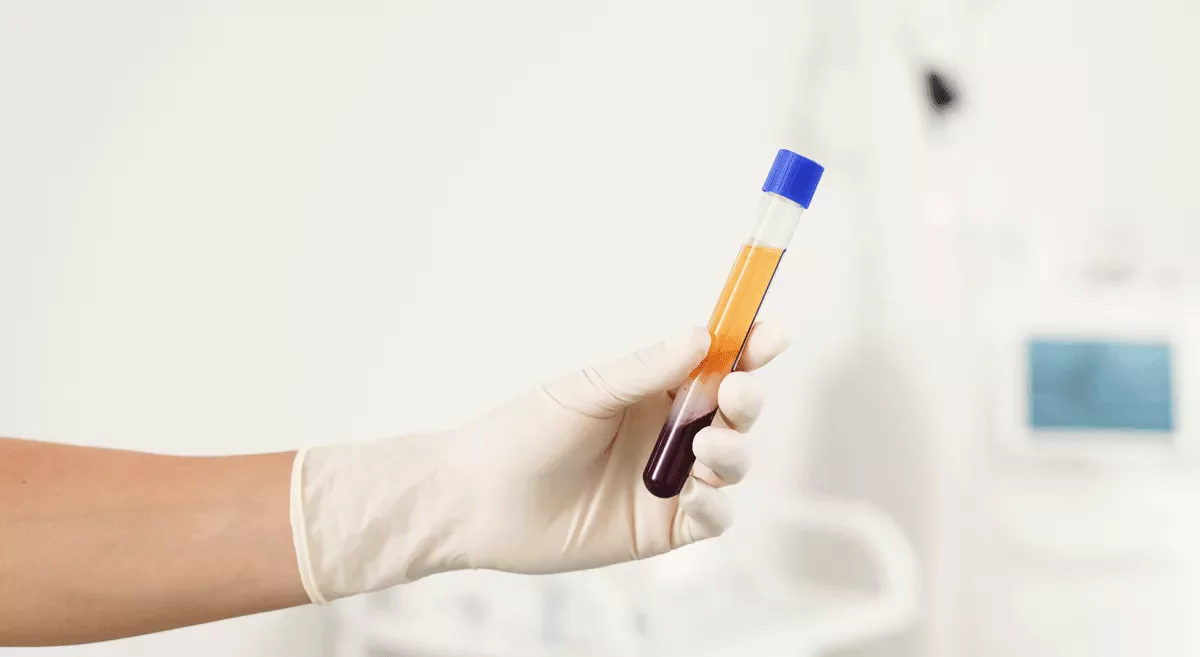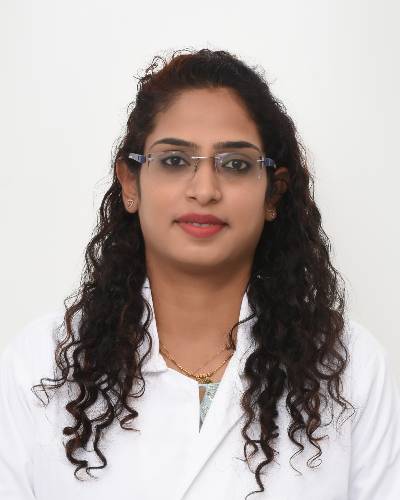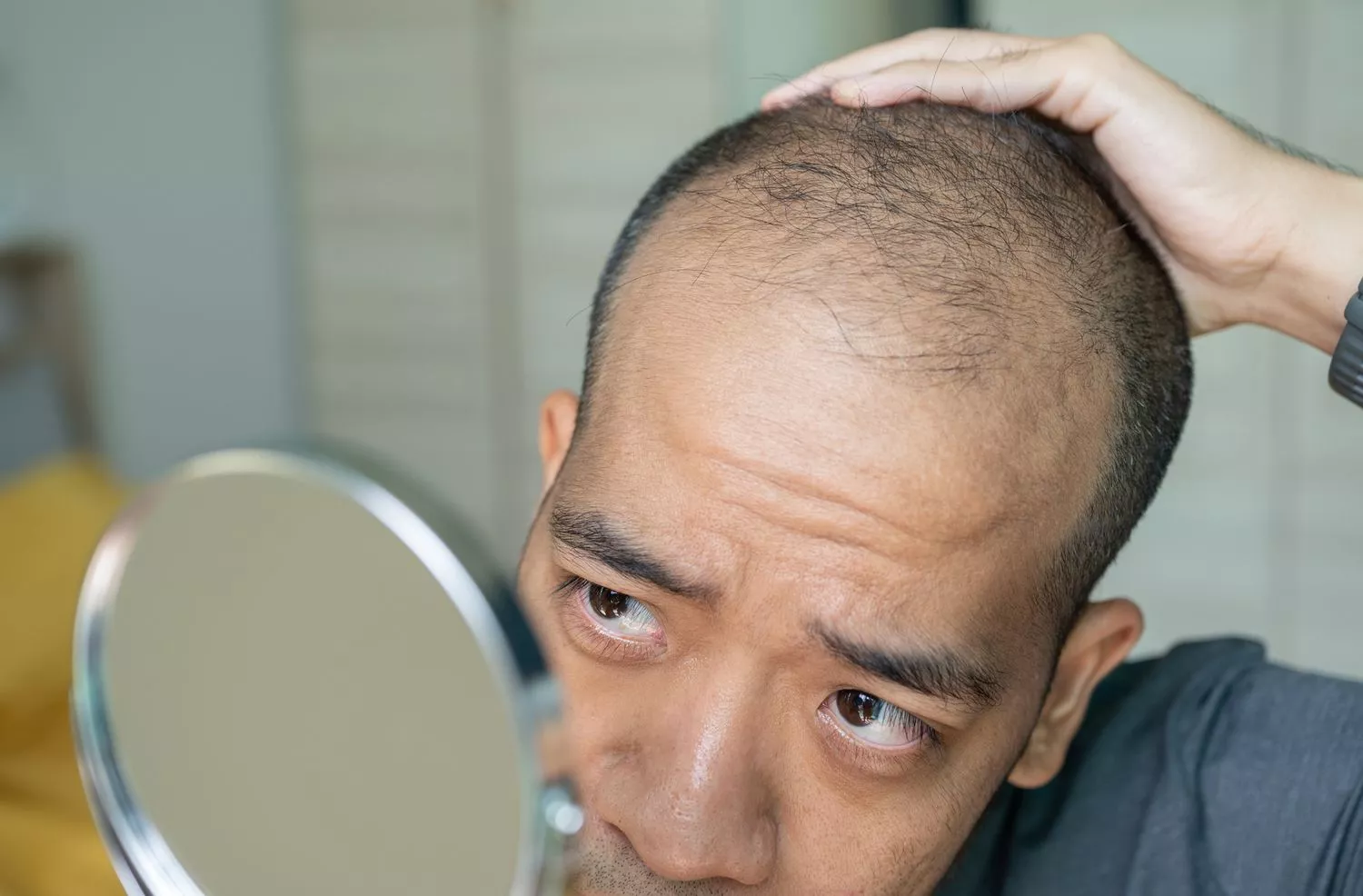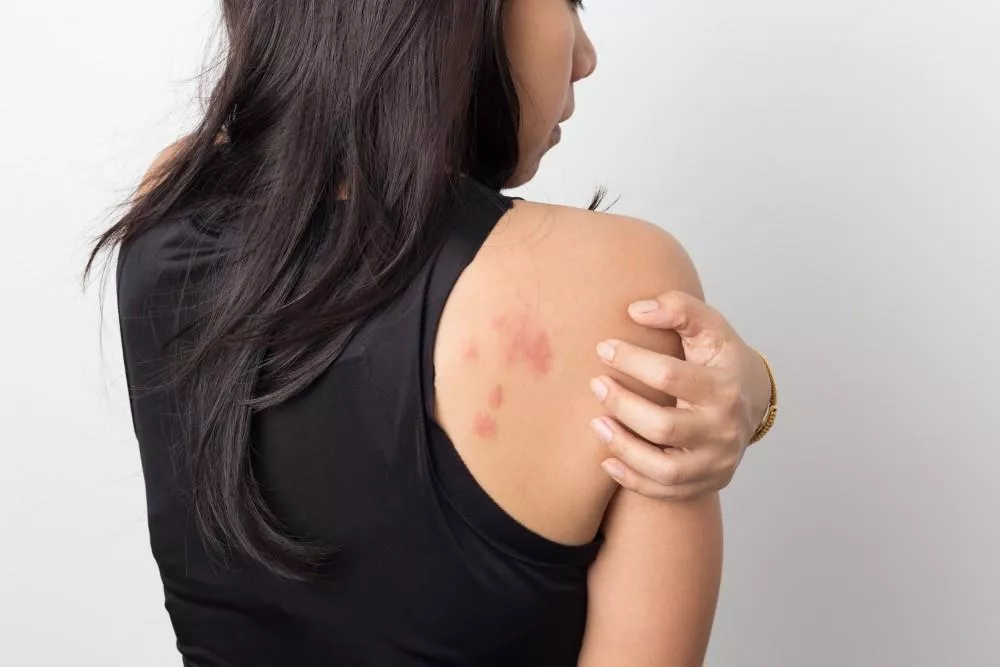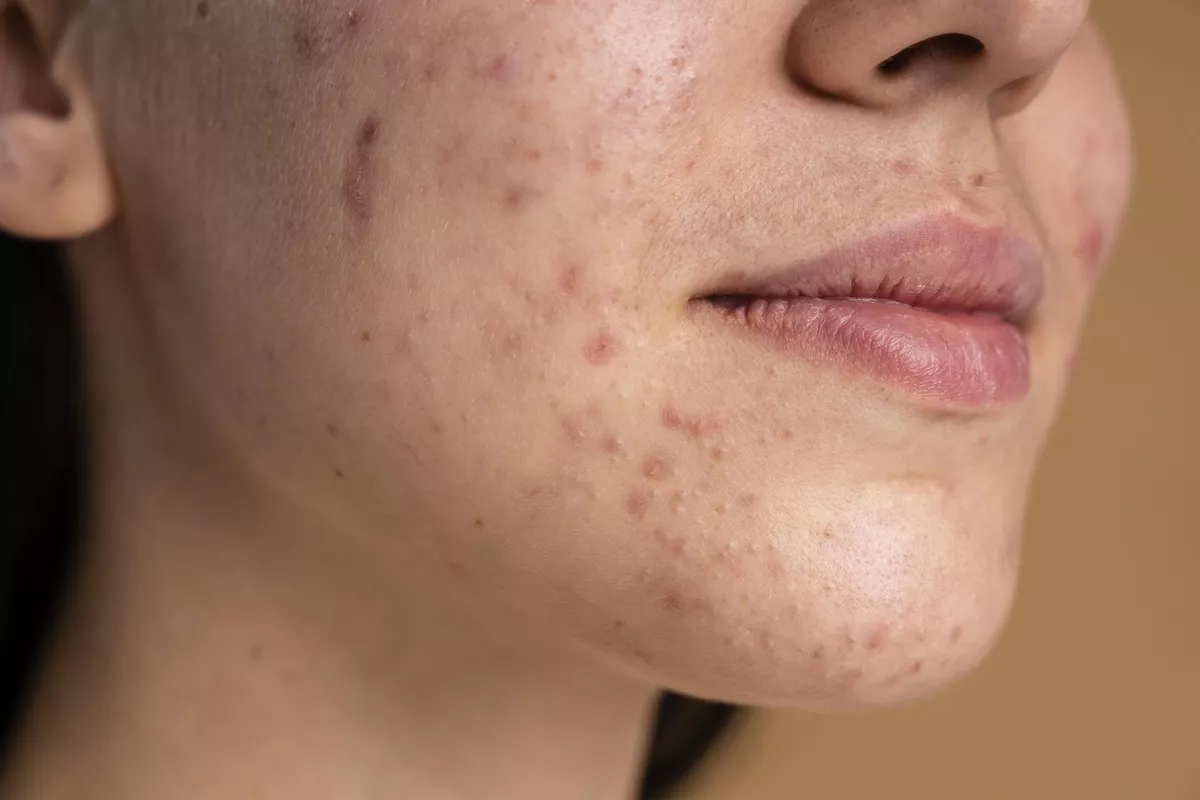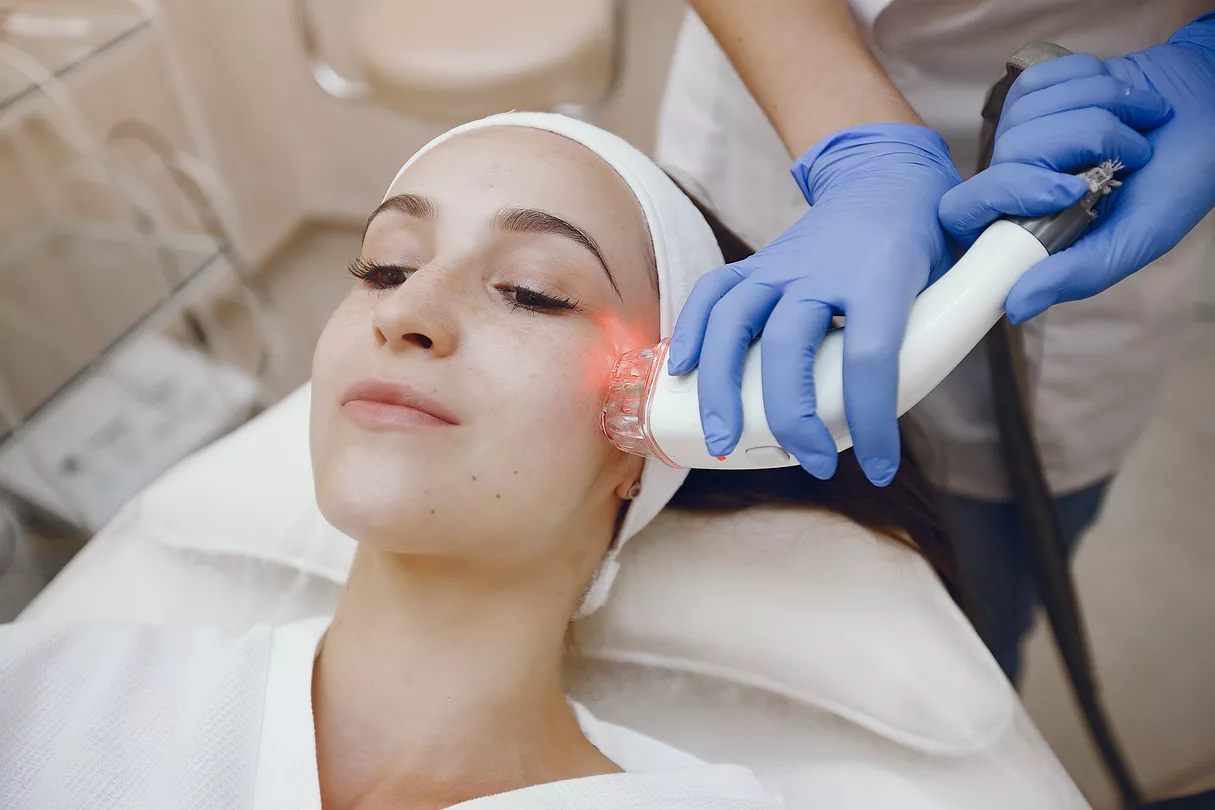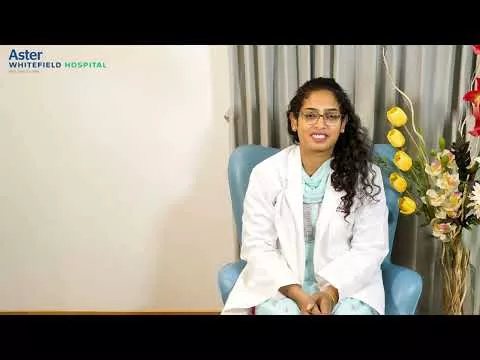Dermatology is the branch of medical sciences, that deals with the diagnosis and treatment of skin, hair, and nails related issues. This treatment involves several therapies and surgeries along with medicinal treatments. One of the reasons, why dermatology is gaining popularity in current times is its intervention in treating an array of medical problems and its use in cosmetology, skin rejuvenation, and hair restoration.
PRP is one of the minimally invasive techniques that find its comprehensive use in the field of dermatology.
What is PRP in dermatology?
Platelet Rich Plasma, abbreviated as PRP, is simply blood that contains more platelets than normal. Platelet-rich plasma has two components, Plasma the fluid part of the blood, and Platelets, a type of blood cell found suspended in that plasma. Other than their clotting abilities, platelets play an important role in wound healing and tissue repair. They contain certain growth factors that activate cell reproduction and stimulate tissue regeneration or healing in the treated area.PRP is also called Liquid Gold because, this procedure has proven to be a boon for a facelift, volumetric skin, skin rejuvenation, regeneration, and reconstruction; improves wrinkling; stimulates hair growth; increases hair follicle viability.
How is Platelet Rich Plasma obtained?
Platelet Rich Plasma is a concentrate derived from the whole blood by removing Red Blood Cells. PRP contains several growth factors like PDGF, VEGF, EGF, etc that can stimulate the healing of soft tissue, and joints and brings about skin regeneration.
Step 1
To obtain PRP, around 15-30ml of blood is extracted from the patient’s body. It is then allowed to stand for 20min and centrifuged to separate the platelets. The conventional method is to make two spins to yield around 5ml of PRP.
Step 2
After about 10 minutes of centrifuge, the blood is separated into three layers
- Platelet poor plasma
- Platelet-rich plasma
- Red blood cells.
In recent times, gel-based tubes are used that require just a single spin and less venous blood.
Step 3
These platelets are injected into the skin using a fine needle that causes no or minimal pain.
Furthermore, combining PRP with laser therapies, micro-needling, dermal fillers, and autologous fat grafting produces synergistic effects and enhances the results.
Uses of PRP in dermatology
PRP serves as an important treatment in dermatology, with its effective use and successful results, particularly in the areas of
- Hair restoration
- Skin rejuvenation
- Acne scars
- Dermal augmentation
- Stretch marks.
Hair Restoration through PRP
Telgon effluvium is a condition in which hair fall occurs under stressful situations, which puts a large number of hair follicles to rest. This results in hair fall.
During hair restoration treatment through PRP, the platelet-rich plasma is drawn into the syringe and then injected into that part of the scalp where hair growth is needed.
Microscopically
The platelets are rich in growth factors and induce stem cell proliferation and help in the growth of hair follicles.
It also increases the expression of Bcl-2(anti-apoptotic) protein, which helps in the survival of dermal papillary cells.
Macroscopically
- There is an increase in the number of follicles
- There increase in the diameter of hair follicles.
Growth factors of PRP also have anti-inflammatory action, which helps to cease inflammation and stop hair fall
Facial rejuvenation and acne scars treatment through PRP
With ageing skin loses its ability to repair and regenerate. The biggest factor that contributes to aging skin is the reduced production of collagen and fibroblasts. The stimulation of growth factors and cytokinins to induce cell division and differentiation is the best possible means to regenerate skin cells. Thus, PRP can be seen as the most effective treatment for ageing skin, as it consists of numerous growth factors, cytokinins, and various biologically active molecules. These growth factors induce collagen production
Microscopically
PRP functions here by neoangiogenesis, in which the development of new blood vessels from pre-existing ones causes the proliferation and differentiation of endothelial cells, and the formation of an extracellular matrix.
Macroscopically
This rejuvenates the skin by increasing skin laxity, reducing fine lines and wrinkles, increasing epidermal thickening, and reducing pigmentation. It also helps in the shrinkage of open pores.
Risks/Contraindications of PRP
Absolute contraindication
- Thrombocytopenia
- Platelet dysfunction
- Sepsis
- Local site infection
- Hemodynamic instability
- Anticoagulation therapy
- Hypofibrogenemia
- Chronic liver disease.
Relative contraindication
- NSAIDs within 48 hours
- Fever
- Haemoglobin less than 10
- Platelet count < 105/μL
- Use of tobacco
- Recent fever/illness.
Uses/Indications of PRP in trichology
Trichology is a paramedical discipline, that deals with the diagnosis and treatment of hair and scalp where PRP plays a significant role in treatment.
- Androgenetic alopecia, commonly known as Male Pattern Hair Loss is a type of baldness seen both in men and women due to genetic reasons and the effect of the male sex hormone androgen
- Female Pattern Hair, loss occurs in women in the post-menopausal phase, causing a reduction in the density of hair
- Telogen effluvium,hair fall under stress
- Alopecia areata, sudden hair loss with one or more circular patches of baldness
- Hair transplantation.
Indication of PRP in dermatology/cosmetology
During the last decade, PRP as a therapy has become very popular in dermatology and cosmetology because of its wide application in;
- Acne scars
- Burn scars
- Post-traumatic & post-surgical scar
- Open skin pores
- Anti-ageing
- Fine lines and wrinkles
- Facial melanosis like melasma is a kind of skin pigmentation caused by exposure to sun or UV rays
- Striae distensa, stretch marks caused by sudden weight gain or weight loss
- Vitiligo is a condition that occurs when pigment-producing cells die or stop pigmentation, which causes loss of skin colour
- Lichen sclerosis et atrophicans is a chronic condition in girls who haven’t started menstruating or in post-menopausal women that appears as white patches of skin, especially in the genital areas
- Periorbital hypermelanosis, commonly known as dark circles, which are formed around the eyes and lower eyelids.
- Fine lines.
Advantages of PRP
Since PRP is an autologous treatment and the platelets are derived from the individual's blood PRP is considered a safe treatment with no major side effects or adverse reactions like bleeding, allergy, or infection.
Time required for one session
One session of PRP takes from an hour to a half
Duration of treatment
The number of sessions of PRP to be taken by a dermatologist or trichologist depend on the indication of PRP.
Usually, there are around 4 to 6 sessions at an interval of one month, required for hair restoration and facial rejuvenation.
Methods to deliver PRP
Platelet Rich Plasma can be injected into the epidermis or dermis by various methods depending upon which method is found suitable by the doctor, these methods include
- Injection with an insulin syringe
- Meso gun
- Micro-needling
- Topical application after ablative laser/MNRF(micro needling radio frequency)
- The topical application under occlusion.
DOs and Don’ts before getting PRP done
- Wash your scalp on the day of the procedure
- On the day of the procedure, eat a full, healthy breakfast and drink plenty of water to stay hydrated
- Avoid NSAIDs
- Discontinue anti-inflammatory medication at least five days before
- Discontinue blood thinning medication one week before
- Stop taking systematic steroids/steroid injections if you are using any, at least one month before.
DOs and Don'ts after getting PRP done
- There can be mild to moderate pain, which is normal indicating that your body is healing as it adjusts to the injection
- Wash your scalp the next day
- Stay hydrated, and drink plenty of water
- Stop any medication that you were taking before the PRP treatment unless guided to do so by your physician
- Do not apply ice or heat at the site of injection
- Do not take a hot bath or sauna for the first few post-procedure days
- Avoid alcoholic beverages and smoking
- Take sun protection for a week post-procedure.
Other uses of PRP
Other than dermatology, cosmetology, and trichology PRP also finds its use in;
- Wound healing
- Joint pain
- Tendon injuries
- Acute injuries
- Post-surgical repairs
- Osteoarthritis.
Advancement in PRP: GFC( growth factor concentrate)
It is a concentrate of several important, cytokinins, active biomolecules, adhesive proteins, and antimicrobial agents derived from activated platelets. Thus, it has a higher regeneration capacity than PRP. Therefore, It is also called next-generation PRP in the field of medical sciences, which yields a higher concentration of platelets. There is no loss of platelets during processing, hence giving us more growth factors. It is also found to be superior to PRP in terms of pain tolerability and gives more consistent results.
Latest in PRP
PPP(platelet-poor plasma) bio filler is a newly developed technique in PRP wherein, platelet-poor plasma for filler here to get back the lost volume of the face for rejuvenation. In this method, the PPP liquid is made into a gel using an incubator. This gel is then introduced under the skin.
Advantages of PRP treatment
- As it is prepared from your blood, it is very safe to use as compared to commercially available fillers
- It is cost-effective.
Though PRP has gained increasing popularity with time because of its widespread and diverse use in the medical field still a lot of studies and research is required in this field regarding maintenance and long-lasting the effects of the treatment.
